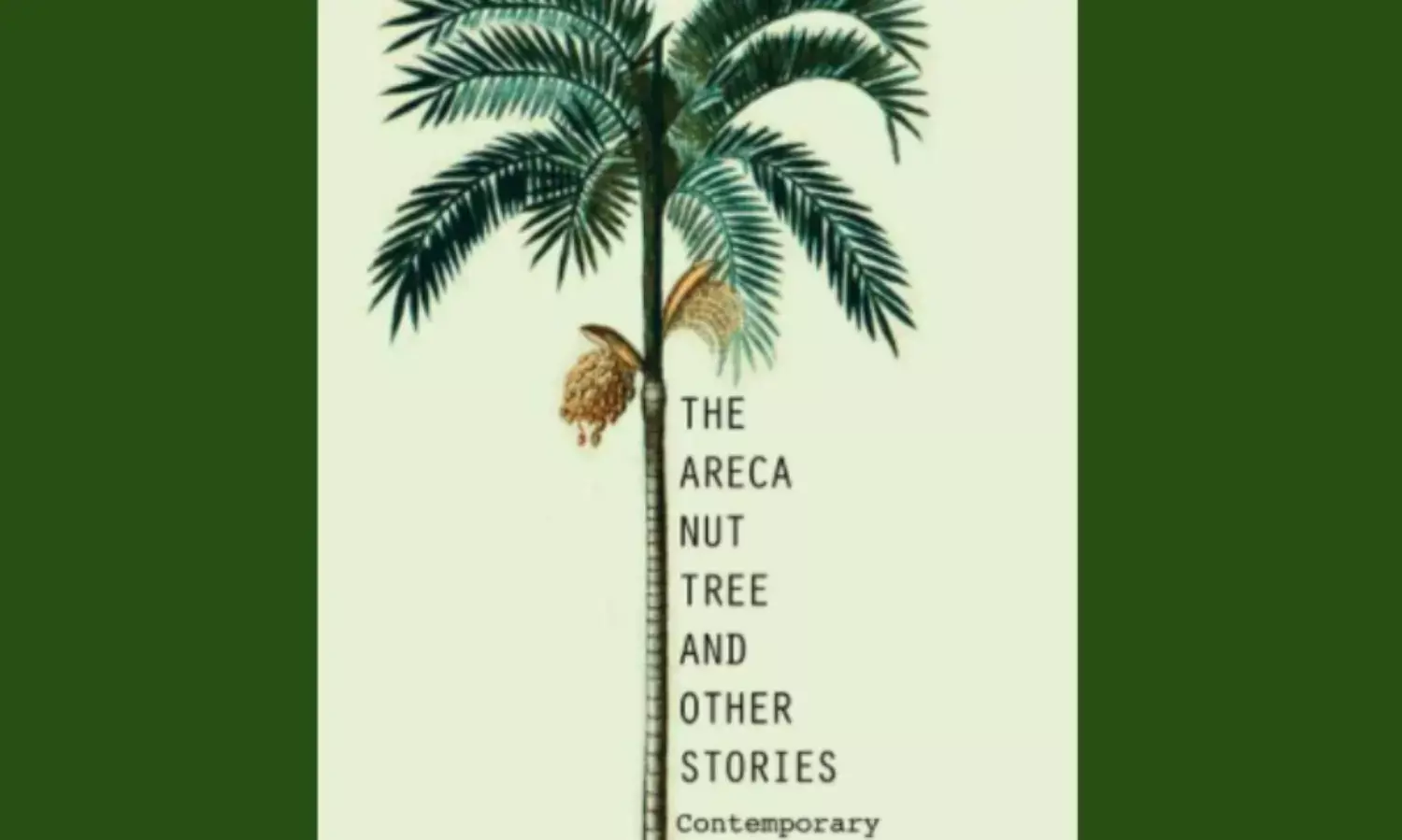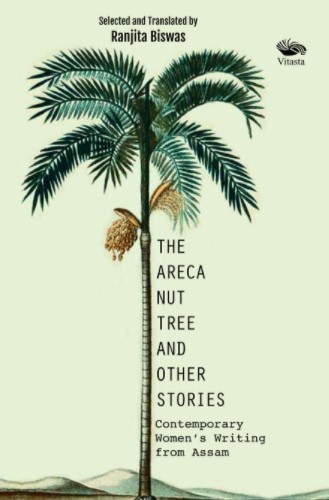The Areca Nut Tree – Redefining Translation as Literature
Short stories by eminent women writers of Assam;

It is not easy to find Assamese literature translated into English, and many rich creations remain untold to the rest of the world. Sahitya Akademi award winner Ranjita Biswas stands out among the handful of Assamese writers who are deeply ensconced in the world of translation. She has turned translation into a finely nuanced art, most recently in a selection of short stories by eminent women writers of Assam.
In a brief interview at the Kolkata Book Fair, Biswas talks about her new work The Areca Nut Tree and Other Stories, which contains 14 short stories by an equal number of women writers in Assam ranging from Bonti Senchowa through Leena Sarma and Maini Mahanta, each of who pour themselves into their stories as if it is their own.

These 14 stories by postcolonial women writers of Assam were chosen with great care. How did you zero in on them?
These writers belong to a new generation of women writers who are doing great work. I have been reading their stories in magazines - which is thriving in Assam - and anthologies. They readily shared their books and stories when I showed an interest in translating them. I went through many of them before selecting these. I chose them according to the variety and theme of the stories.
You’ll notice that there is not a single story here on insurgency, which affected anthologies of stories on the conflict situation in the valley. In this anthology, the stories are about patriarchy, lovelessness in the modern society, the loss of values, the all pervading vigilance of a media-driven society, division on religious lines imposed on children by adults, etc – issues that affect the contemporary society and have a universality, if you look at it.
Why do you think that there is very little translation of Assamese writing into English, though there are translations from Assamese to other Indian languages?
Things are changing. Translations are coming out, not as many as they deserve to, though Assamese literature is very rich particularly in the short fiction genre. In many other bhasha [non-English] languages too, there is a problem because bilingualism in writing, not just in conversing, is essential for translation. The habit of reading in the mother tongue is also fading because of the expansion of and demand for educating children in the English medium, ending up with children reading only English. Negligence of the mother tongue also contributes to fewer translations. But with more interest in regional literature “in English” shown by established publishers, more translators are emerging in Assam. After all, a work needs to come out and reach readers.
In all your translated works, you have focused on the works of women writers from Assam across the board. Why?
My earlier anthology As the River Flows has quite a few of stories by men along with stories by women writers. I have also translated novels by celebrated writers late Bhabendranath Saikia and Homen Borgohain. But of late, I am increasingly concentrating on women’s writings for my translations. As a woman I empathise with their stories but there are reasons beyond that. I feel, like many others that their voices need to be heard. Their stories are not necessarily about women but about the society at large. The diverse themes in this book vindicate that.
A decade or so ago, people insensitively boxed women writers in the category of “screaming sisters”. But are women apart from the society? August is now celebrated as Women in Translation Month. It started in 2014 by Meytal Radzinski, a book blogger, to honour women writers and translators from around the world and examine how women have shaped the international exchange of literature which sends out an important message.
You are a noted journalist and author in your own right. What inspired you to step into translation, a school of literature unto itself?
I grew up reading world literature as well as other regional literature in Assamese and Bengali translations. So its importance as a window to the world through literature was always at the back of my mind. I started translating articles at the request of some writers from Assam, won KATHA awards a couple of times and the interest grew organically. Even when I was working full time in newspaper publications, I have gone the independent way. I was translating works for Sahitya Akademi, National Book Trust, Kali for Women, etc. The pace has increased lately. My passion and belief in contemporary Assamese literature have also augmented the process.
How do you work out a balance between your journalism and your creative writing?
It is a balancing act, indeed. I also write fiction for young adults, short stories myself and then of course, there are the journalistic commitments, and editing stories for a feature service I run with a colleague. But then they say women are good at multi-tasking, particularly after getting married and having children. I suppose it helps, at least for me.
In what way has the Sahitya Akademi award impacted on your work?
It is indeed a honour to receive the Sahitya Akademi award for English translation (Written in Tears, 2017). It has made my name more recognisable in Assam too as I live in Kolkata now. There have been felicitations at different forums in Guwahati and all I accept humbly. Writers have also shared their works with me and this has helped me to keep in touch with the latest works.
Which of these genres of writing - journalism, travelogue, translation - most appeals to you?
It might sound funny but I enjoy all the genres as if I can’t discriminate among three children. I enjoy my work as a journalist, writing on women and gender issues, environ, health, art and culture, etc. I also enjoy writing short stories and children’s fiction and have a few published books. So far as translation goes, I feel it is an extension of my love for the world of letters. I think transcreation could be a better word. Any translator knows how difficult it is to try being as faithful to the original work as possible while still trying to create a language of its own during the transition. I find the whole process challenging and energizing.
Your next project in writing?
I am translating a novel by a young woman writer and simultaneously a work of non-fiction. I am also revising some of my own short stories and a travelogue that has been pending for some time.
The Areca Nut Tree and Other Stories is published by Vitasta

